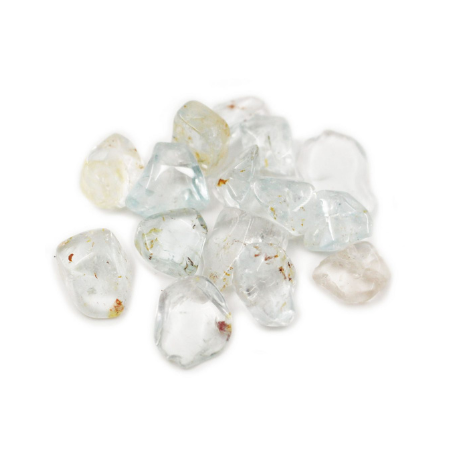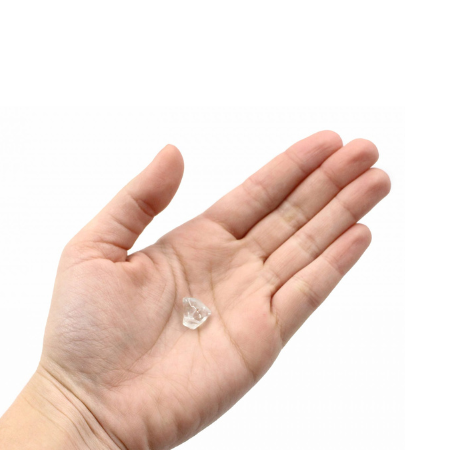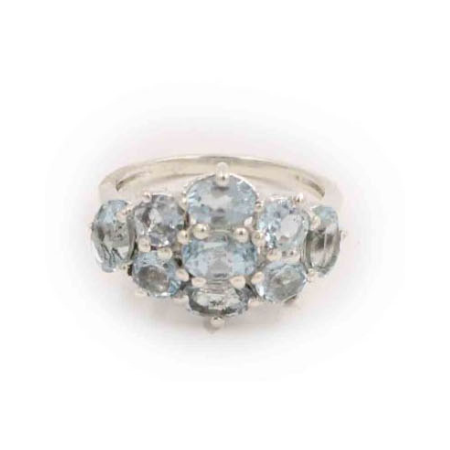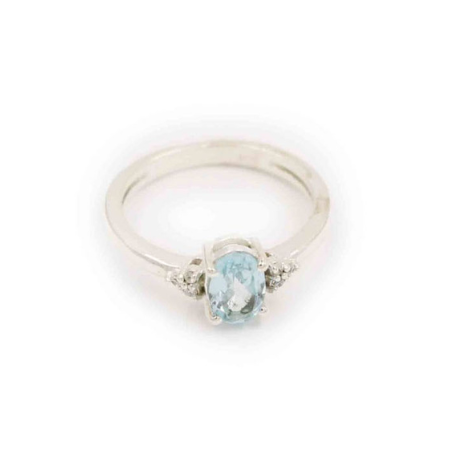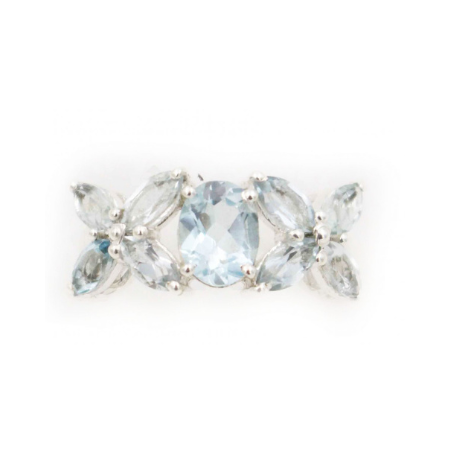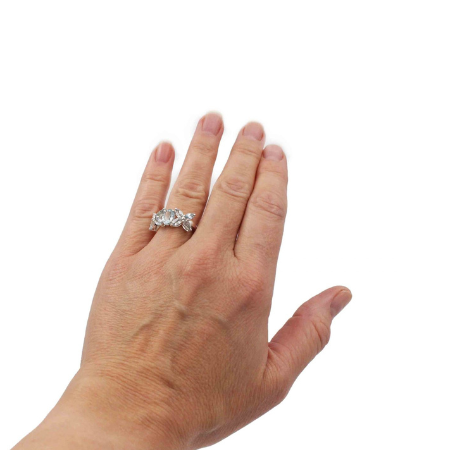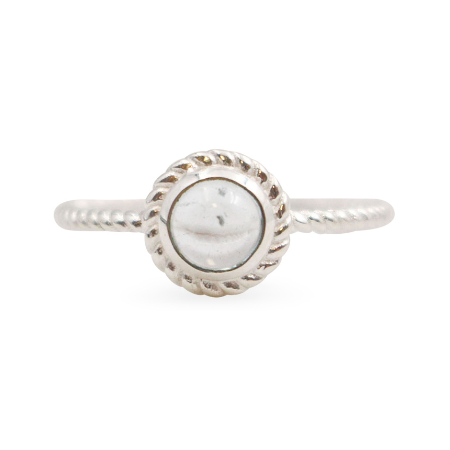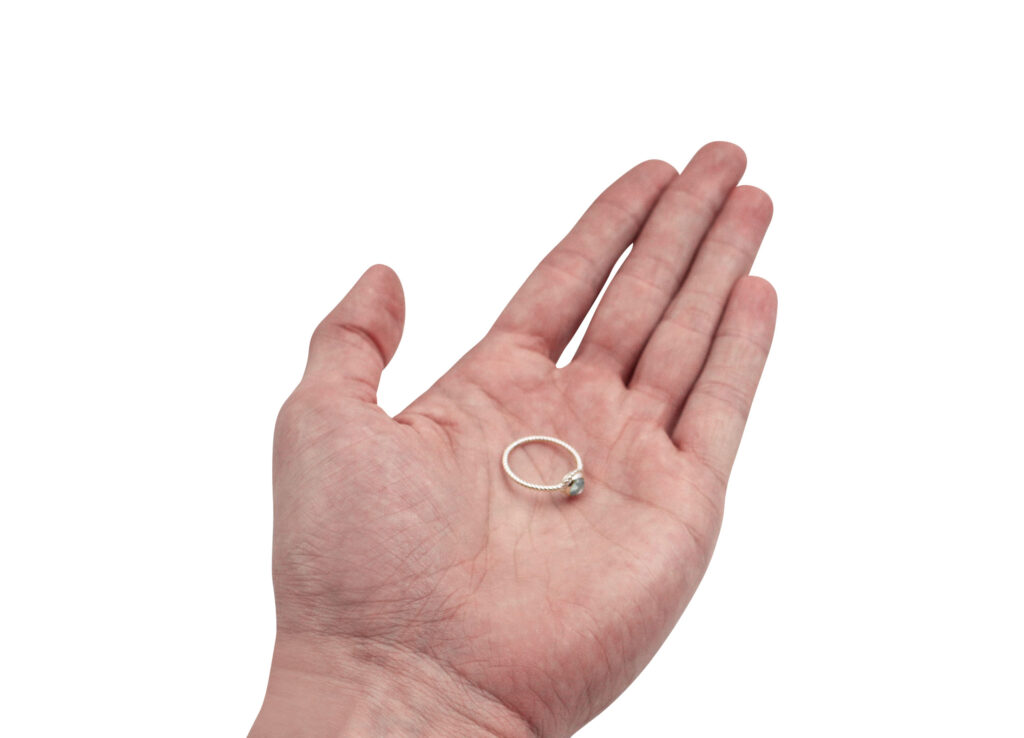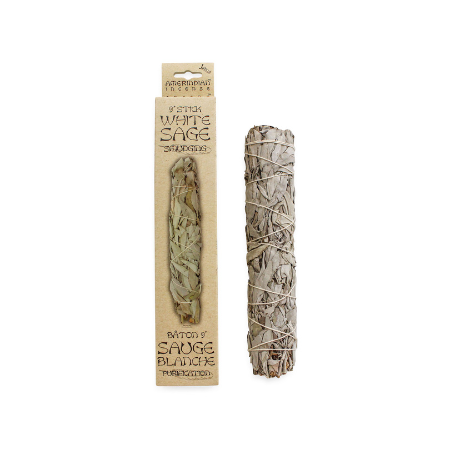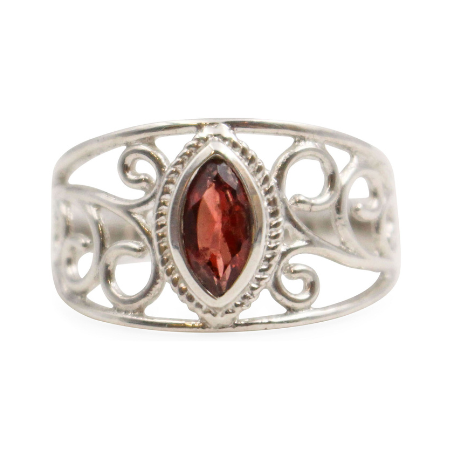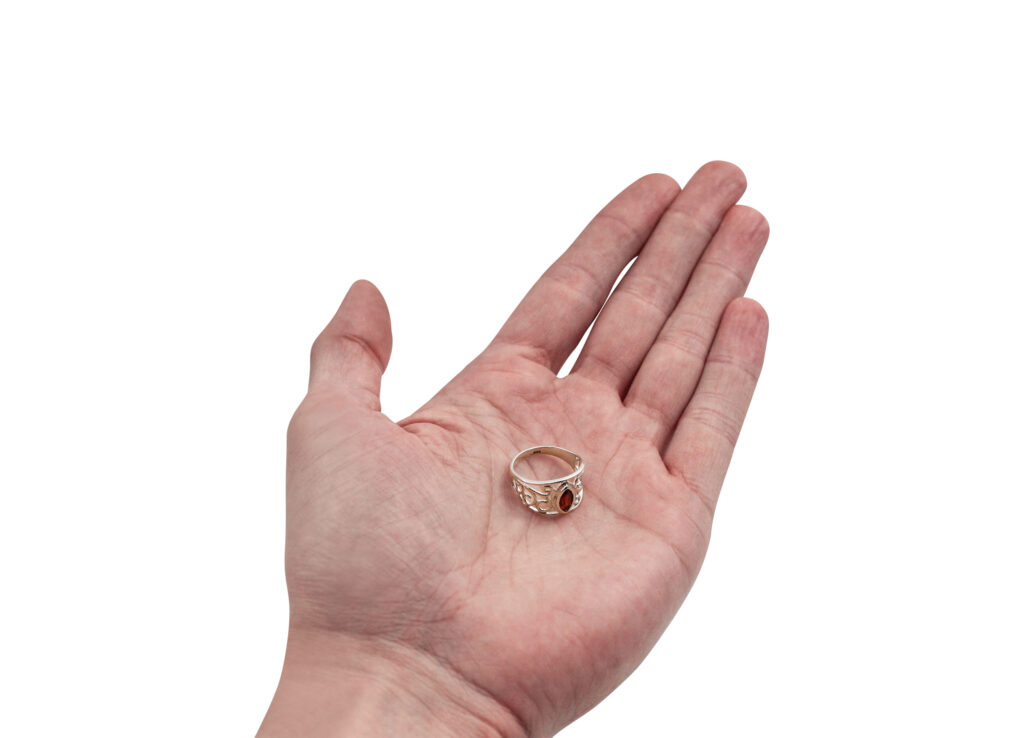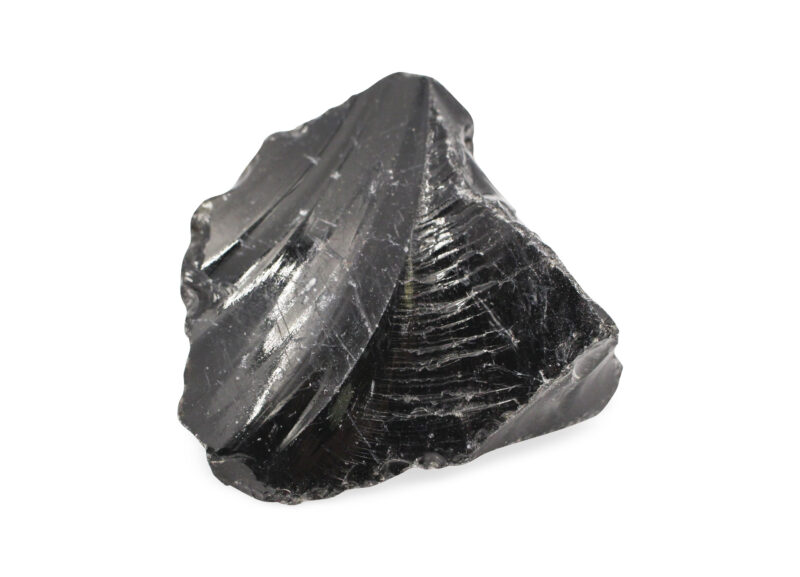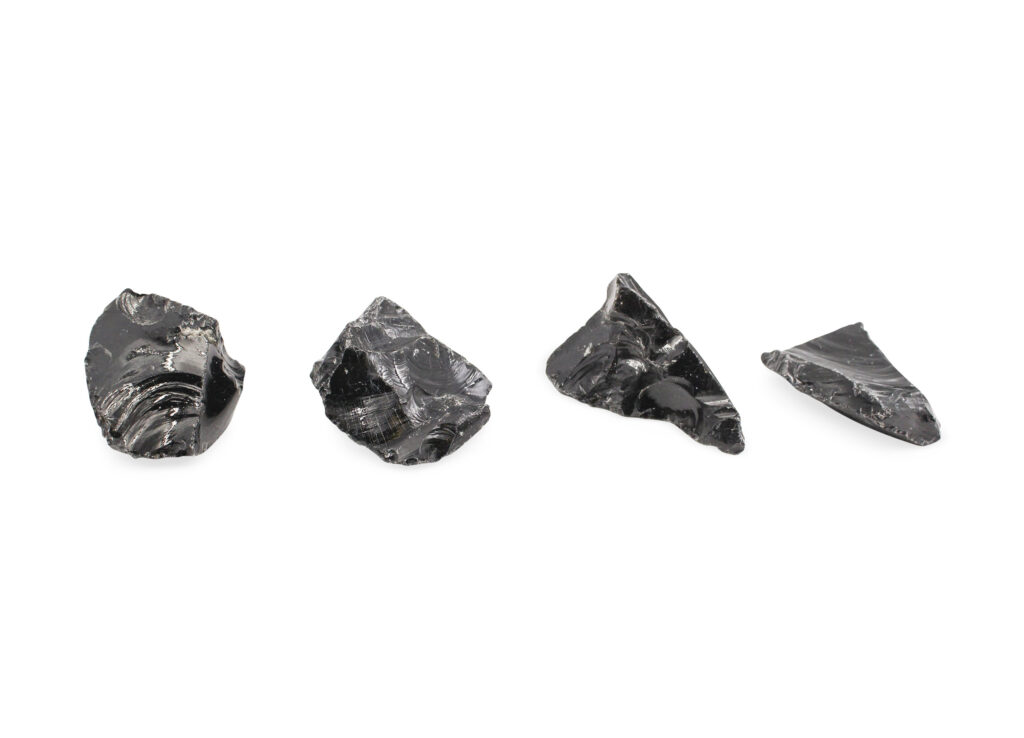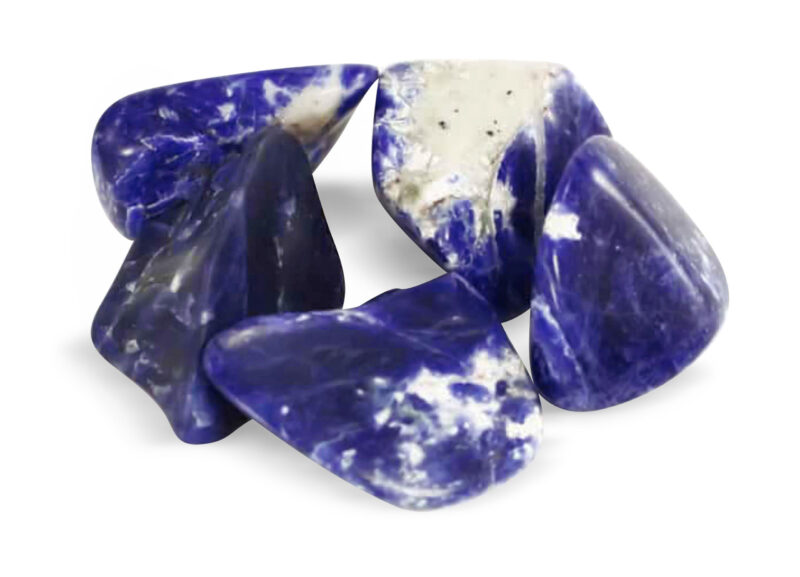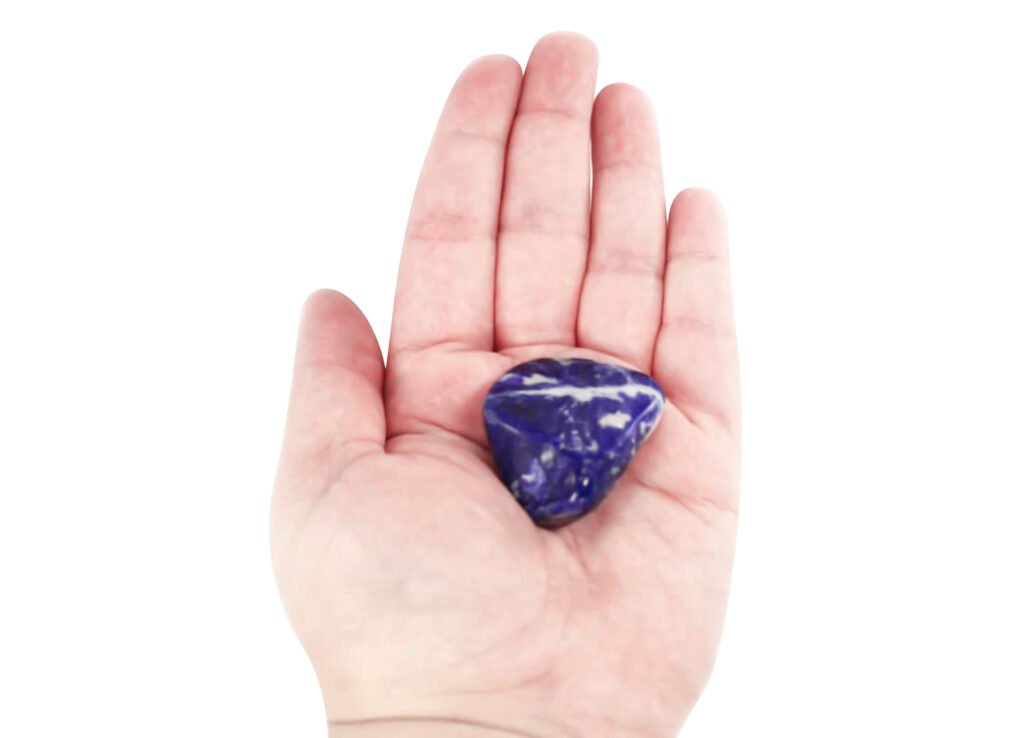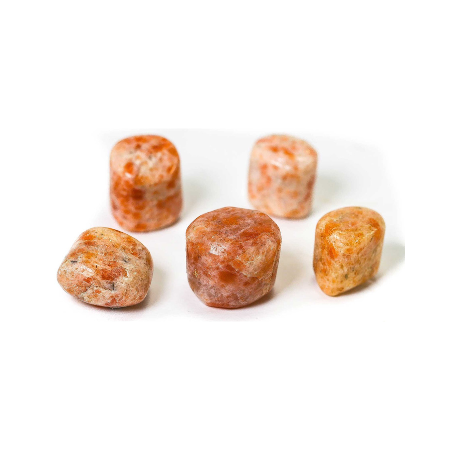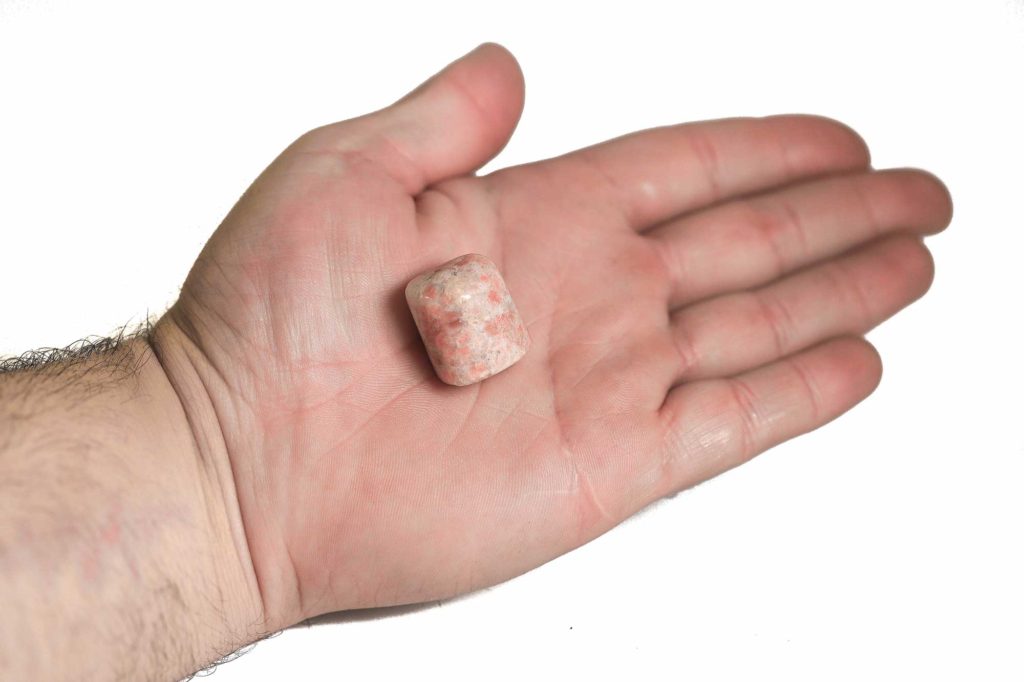Topaz
The radiant beauty of Topaz
Topaz unveils nature’s alchemy through prismatic clarity and celestial hues, forming in fluorine-rich pegmatites where volcanic whispers shape its crystalline soul. This gemstone bridges mineralogical precision with ethereal beauty, its 8 Mohs hardness guarding both durability and mystical resonance within every facet.
5 natural color varieties of Topaz
- Imperial Topaz: Golden-orange treasures forged in Brazilian pegmatites
- White Topaz: Pure colorless crystals reflecting prismatic light
- Sherry Topaz: Warm amber-brown hues whispering earth’s secrets
- Pink Topaz: Delicate rose shades emerging from manganese-rich formations
- Swiss Blue Topaz: Sky-inspired tones created through natural irradiation
Each variety carries unique geological signatures that jewelers and collectors passionately pursue.
3 Transformative benefits of blue Topaz
- Throat Chakra Activation: Enhances truthful communication and creative expression
- Emotional Alchemy: Dissolves stress through calming aquatic energy frequencies
- Dream Amplification: Clarifies subconscious messages during sleep cycles
These properties make faceted blue topaz gemstones essential for energy-sensitive jewelry collections. Discover our Prestige Pendant, where ethically sourced London blue topaz meets artisan-crafted sterling silver.
Frequently Asked Questions about Topaz
Is topaz an expensive stone?
The price of topaz varies depending on its color, clarity, and size. Blue topaz is more affordable, while Imperial topaz, known for its intense golden to reddish-orange hue, can command significantly higher prices due to its rarity and beauty.
Key factors influencing topaz value include the size of the cut stone, the intensity of color saturation, and the purity of the material. The quality of the cut also plays a crucial role in the stone’s overall appearance and value.
Who should not wear topaz?
There are no specific contraindications in lithotherapy regarding wearing topaz. Topaz is associated with numerous virtues, including protection, digestive stimulation, and nervous system strengthening. Blue topaz is believed to promote sleep and increase spiritual awareness, while Imperial topaz stimulates blocked energy.
If you experience any adverse effects after wearing or using topaz, discontinue use and consult a healthcare professional or qualified lithotherapist. It’s essential to listen to your body and seek professional advice if you have concerns.
What color is topaz naturally?
Topaz is prized for its diverse range of colors, including white, yellow, orange, red, pink, blue, green, and violet. Natural blue topaz is rare; colorless, yellow, orange, or pale blue varieties are more common. Imperial topaz, primarily found in Brazil, is highly sought after for its characteristic color.
The blue color in some topazes results from iron presence or crystal lattice disruption via natural irradiation. Pink topazes are often yellow or brown topazes that have been heated. Some topazes undergo surface coating treatments to achieve various colors.
What happens when you wear topaz?
Wearing topaz is associated with several benefits, depending on the stone’s color. Generally, topaz promotes clarity of mind, enhances creativity, and inspires confidence. It’s also linked to healing energies, stress and anxiety alleviation, and emotional well-being.
Different colors of topaz have specific benefits: yellow topaz is said to uplift financial status, blue topaz enhances self-expression and inner peace, and Imperial topaz stimulates blocked energy and attracts reliable people. Wearing topaz jewelry can be a reminder to embrace positivity and radiate inner strength.
Showing all 5 resultsSorted by latest

